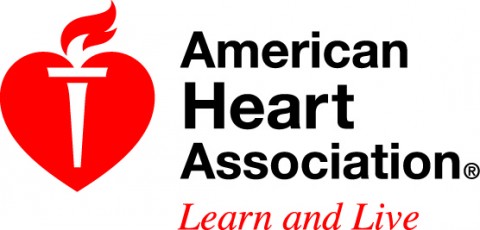 Dallas, TX – A new scientific statement issued jointly by three medical organizations and published in the American Heart Association’s journal Hypertension, addresses how low to aim when treating patients with high blood pressure who also have vascular diseases.
Dallas, TX – A new scientific statement issued jointly by three medical organizations and published in the American Heart Association’s journal Hypertension, addresses how low to aim when treating patients with high blood pressure who also have vascular diseases.
The document provides an up-to-date summary on treating hypertension in patients who have both high blood pressure and have had a stroke, heart attack or some other forms of heart disease, said Elliott Antman, M.D., President of the American Heart Association and professor of medicine at Harvard Medical School.

The current statement is issued jointly by the American Heart Association, American College of Cardiology, and American Society of Hypertension. The writing committee consisted of internationally recognized experts in the fields of cardiology and high blood pressure research.
According to the statement, while a target of less than 140/90 is reasonable to avoid heart attacks and strokes, a lower target of less than 130/80 may be appropriate in some individuals with heart disease who have already experienced a stroke, heart attack, or mini-stroke (also called a transient ischemic attack or TIA) or who have other cardiovascular conditions such as a narrowing of leg arteries or abdominal aortic aneurysm.
Blood-pressure lowering can be done safely, and the vast majority of individuals will not experience problems when standard medications are used, the committee writes.
However, the statement recommends that clinicians use caution in patients with coronary artery blockages, advising that blood pressure should be lowered slowly, and not strive to decrease the diastolic (lower number) blood pressure to less than 60 mm Hg, particularly in patients more than 60 years old.
The statement offers specific, evidence-based recommendations and contraindications to help clinicians select which anti-hypertensive medications to use in patients with various types of heart disease. For most patients, that will mean taking a beta-blocker by itself or in combination with other classes of drugs.
In addition to their effect on blood pressure, beta-blockers slow the heart rate and reduce the force of cardiac contraction, both of which reduce the heart’s consumption of oxygen. They also increase blood flow to the heart by prolonging the time between contractions, which is when blood flows into the heart muscle.
“In addition to treating hypertension, this statement also recognizes the importance of modifying other risk factors for heart attack, stroke and other vascular disease, including abdominal obesity, abnormal cholesterol, diabetes, and smoking,” Rosendorff said.
Co-authors are Daniel T. Lackland, Dr.P.H., co-chair; Matthew Allison, M.D.; Wilbert S. Aronow, M.D.; Henry R. Black, M.D.; Roger S. Blumenthal, M.D.; Christopher P. Cannon, M.D.; James A. de Lemos, M.D.; William J. Elliott, M.D., Ph.D.; Laura Findeiss, M.D.; Bernard J. Gersh, M.B., Ch.B., D.Phil.; Joel M. Gore, M.D.; Daniel Levy, M.D.; Janet B. Long, M.S.N.; Christopher M. O’Connor, M.D.; Patrick T. O’Gara, M.D.; Olugbenga Ogedegbe, M.D., M.P.H.; Suzanne Oparil, M.D.; and William B. White, M.D. Author disclosures are listed the manuscript.


